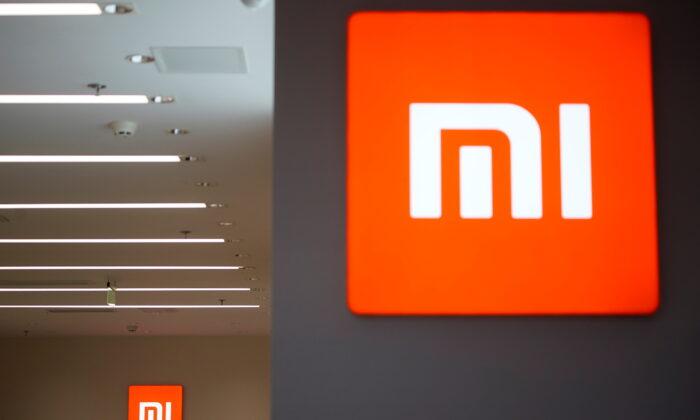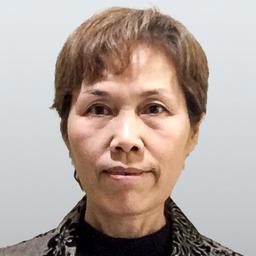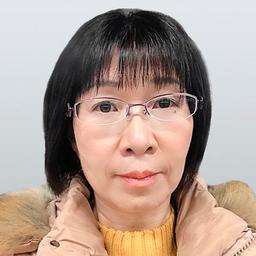Xiaomi, China’s electronics giant, is being pushed to the forefront of the Chinese Communist Party’s (CCP) global strategy. After the United States sanctioned Huawei, Xiaomi became a tool for the CCP to counter Western technology companies. Xiaomi, which has multiple ties to China’s military, is not only involved in areas such as electric vehicles and mobile 5G internet, but also in the construction of the CCP’s own “Starlink.”
In August, Lei Jun, the founder of Xiaomi, announced that from smartphones, wearables, electric cars, and bionic robots, to the CCP’s satellite ground-to-space networking program, Xiaomi aims to compete with Musk’s Tesla self-driving and bionic humanoid robots, as well as the next-generation satellite communication network “Starlink.”
“Xiaomi is an alternative to Huawei,” China expert Li Yanming told The Epoch Times. “Since Huawei is sanctioned by the United States, the CCP has replaced Huawei with Xiaomi, which also has a CCP military background, as a high-tech brand for the CCP’s global expansion. On the surface, it simply looks as though Xiaomi is competing with Huawei.”
Lagging Behind in Advanced Technology and Innovation
Chinese tech companies like Xiaomi are having a hard time catching up with U.S. big tech companies like Tesla and Apple. Xiaomi’s robot prototype is similar in appearance to Tesla’s Optimus robot that was released on Oct. 1, but is incomparable in terms of core algorithms, application scenarios, and cost. Tesla’s Optimus, on the other hand, has the same visual perception and computer systems as its smart electric car, and is built on its fully automated driving technology and network, which has broad application prospects for the future.Musk said at the Tesla AI Day on Oct.1 that Optimus is expected to cost less than $20,000, cheaper than a Tesla car, and will be available in three to five years, with production eventually reaching several million units.
According to the Chinese robotics industry research briefing, published by China’s Leadleo Research on Sept. 23, the cost of Xiaomi CyberOne is between $84,000 and $98,000, about four times that of Optimus, and is not available for mass production at all. In addition, the core components of Xiaomi’s bionic robot are 80 percent dependent on imports.
In terms of fully automated driving technology, Tesla has been driving automatically for nearly 10 years and delivered more than 1 million electric vehicles annually, accumulating a huge amount of data to help it continuously improve its technology. China’s Xiaomi lacks the most basic data to study autonomous driving. The company may be able to poach some talent, but the gaps in the basics are so big that they can’t catch up.
Xiaomi, which started out with smartphones, has been a powerful tool in the CCP’s global strategy and has benefited from the CCP’s “Belt and Road” initiative. Xiaomi entering the electric car sector is critical to the CCP’s strategic plan to use it as a brand to promote Chinese high-tech products worldwide. Xiaomi has invested heavily in the field of fully automated electric cars. In August last year, Xiaomi acquired DeepMotion for 500 million yuan (about $70 million) and has invested about 2 billion yuan (about $280 million) in related companies such as ZongMu Technology and G-PAL, which produce autonomous driving systems.
CCP’s ‘Starlink’ Ambitions
In March, GalaxySpace, a Chinese space technology company, launched six low-orbiting broadband communications satellites to join the first one and build the first converged satellite-ground 5G trial network. The purpose of this move is to compete with Musk’s SpaceX “Starlink” to create China’s own version of Starlink, and involve Xiaomi.As an investor, Xiaomi’s founder Lei Jun is listed on the official website of Galaxy Space after its founder Xu Ming, and Lei’s Shunwei Capital participated in all levels of Galaxy Space’s financing. In the latest round of financing, completed in early September, state-owned capital from the CCP also entered, including China Construction Bank’s CCB International, Anhui Province’s Triple One Venture Fund, and Hefei City’s Industrial Investment.
However, the information about the company’s No. 3 person, Deng Zongquan, the technical committee chairman, that was on GalaxySpace’s official website in February last year, has been removed. Deng is deeply tied to the CCP’s military. He is the director of the Defense Laboratory for Aerospace Mechanisms and Control Technology in China and the chief scientist of the National Defense “973 Project.” The project is the CCP’s “National Security Research Program,” most of which is made of highly classified projects determined by the Chinese military’s Armaments Department in accordance with the CCP’s national strategy. In addition, Xiaomi established a Communist Party branch within the company in 2015.






